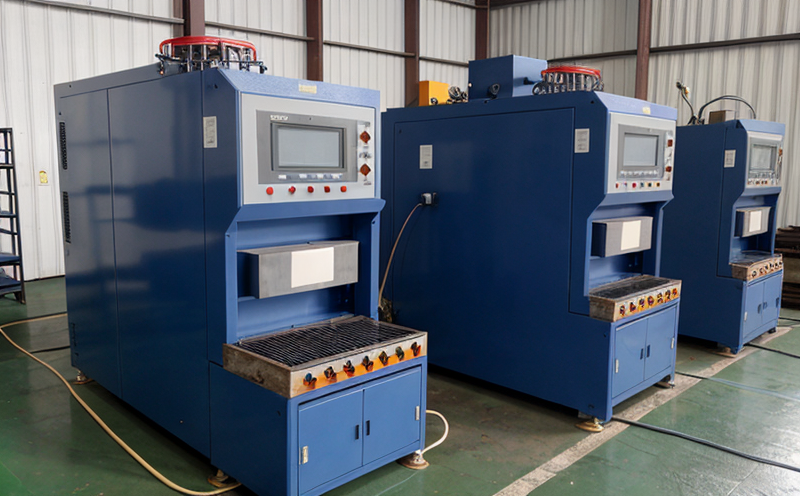GB T5339 Coal Petrographic Testing
The GB/T 5339 standard pertains to coal petrographic analysis, which is crucial for understanding the composition and quality of coal. This testing method helps in assessing the rank, type, and characteristics of coal through microscopic examination and quantitative analysis.
Coal petrography involves examining thin sections of coal under a polarizing microscope to identify its organic matter (vegetative or peat), mineral matter, and the degree of coalification. The process is essential in various industries such as power generation, metallurgical coke production, and chemical processing, where understanding the quality and purity of raw materials is critical.
The testing method described in GB/T 5339 provides a standardized approach to determine the macerals present within the coal sample. Macerals are components that reflect the original plant material from which the coal was formed. These include vitrinite, inertinite, and liptinite, each providing insights into the coal's origin, maturity, and potential use.
The petrographic analysis also helps in identifying ash content, sulfur content, and other impurities that can affect the efficiency of combustion processes or the quality of coke produced. This information is vital for optimizing production processes, ensuring compliance with environmental regulations, and enhancing product quality.
For industrial manufacturing, understanding these parameters ensures that the coal used meets specific requirements set by industry standards and customer expectations. This testing method supports continuous improvement in raw material selection and process optimization, leading to more efficient and sustainable operations.
Applied Standards
| Standard | Description |
|---|---|
| GB/T 5339-2016 | Petrographic analysis of coal. Thin sections, mounting and examination methods. |
| ISO/IEC Guide 34 | General requirements for the competence of testing and calibration laboratories. |
Scope and Methodology
The scope of GB/T 5339 Coal Petrographic Testing includes the examination of coal samples to assess their composition, structure, and quality. This involves preparing thin sections of the coal sample for microscopic analysis using a polarizing microscope.
The methodology begins with the preparation of the coal sample, which typically requires crushing the coal into small particles, followed by embedding it in synthetic resin. After curing, the embedded sample is ground to create ultra-thin sections (typically 30 micrometers thick) suitable for examination under a microscope.
During the examination, the petrographic characteristics of the coal are evaluated using a polarizing microscope. This includes observing and identifying macerals such as vitrinite, inertinite, and liptinite, along with assessing other components like mineral matter and ash content.
The results provide quantitative data on the composition of the coal sample, which is then used to determine its suitability for specific applications. The method also allows for an assessment of the maturity level of the coal, which can influence factors such as combustion efficiency and coke quality.
Use Cases and Application Examples
- Petcoke production: Ensuring the petcoke used meets specific quality standards for efficient manufacturing processes.
- Coal-fired power plants: Assessing coal quality to optimize combustion efficiency and reduce emissions.
- Metallurgical coke production: Evaluating coal composition to produce high-quality metallurgical coke.
- Environmental compliance: Determining the ash content and sulfur content of coal to ensure adherence to environmental regulations.





